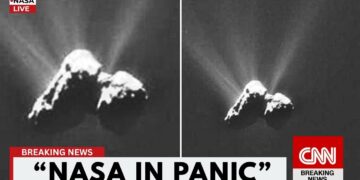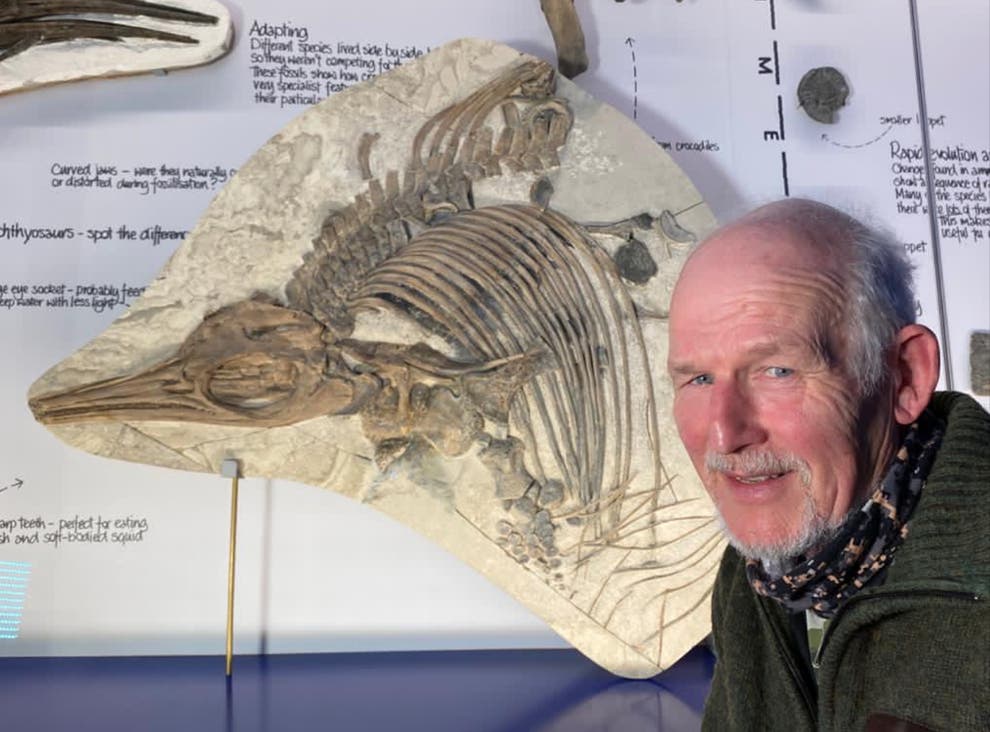Venus, our closest planetary neighbor, rotates once every 243 Earth days, making its day longer than its year—a peculiar trait that sets it apart in the solar system. Long dismissed as a lifeless furnace of toxic clouds and molten rock, Venus was considered a dead world. But what if that was only half the truth? Decades of Soviet exploration, declassified archives, and modern discoveries suggest Venus may hold secrets that could rewrite our understanding of life in the cosmos.
The Soviet Obsession with Venus
While the U.S. focused on the Moon and Mars, the Soviet Union poured resources into Venus through their Venera program, launching over 30 missions between the 1960s and 1980s. Most failed, but the Soviets persisted. In 1970, Venera 7 became the first spacecraft to land on another planet and transmit data, surviving just 23 minutes in Venus’s crushing, 900°F (475°C) environment, where atmospheric pressure is 90 times Earth’s—equivalent to 3,000 feet underwater. The clouds are a toxic haze of carbon dioxide and sulfuric acid, yet the Soviets pushed forward.
By 1975, Venera 9 and 10 sent back the first black-and-white images of Venus’s cracked, eerie surface under an orange-tinged sky. In 1981, Venera 13 and 14, technological marvels, survived over two hours, capturing color photos, sound recordings of Venusian winds, and soil analyses. These missions offered humanity’s closest look at another planet. Yet, unlike NASA’s open data releases, the Soviets shared only fragments. Photos vanished, metadata was stripped, and inquiries were met with vague, classified responses.
In 1984, the Vega 2 mission deployed a balloon probe to float in Venus’s upper atmosphere, where conditions are Earth-like—manageable temperatures and survivable pressure. Some scientists speculated life could exist there. Then, after the Soviet Union’s collapse, Venus exploration stalled for decades. Why did the Soviets invest so heavily in a planet others abandoned? What did they find that they never shared?
The 2012 Reanalysis: Anomalies on Venus
In 2012, Russian physicist Leonid Ksanfomaliti, a Venera veteran, re-examined high-resolution images from Venera 13’s 1982 landing. He noticed three anomalies that defied explanation. First, a disc-shaped object near the lander’s arm shifted slightly between frames. Second, a scorpion-like form with leg-like protrusions changed its shadow’s direction, despite no change in the lander’s position. Third, a metallic shard appeared in one frame and vanished in the next. These objects suggested movement—impossible on a supposedly dead world.
Ksanfomaliti cautiously proposed these could be living organisms or evidence of motility. The scientific community was skeptical, citing lens flares or heat distortion, but the anomalies coincided with a 2020 discovery: phosphine gas in Venus’s atmosphere.
The Phosphine Clue
Phosphine, a gas produced on Earth by anaerobic microbes in oxygen-free environments, was detected in Venus’s upper clouds using telescopes in Hawaii and Chile. On Venus, where conditions don’t support non-biological phosphine production, this was a bombshell. The gas appeared at 50–60 km above the surface, where temperatures resemble Earth’s tropics. Could microbial life exist in Venus’s clouds?
A reanalyzed Venera 14 infrared image from 1982 showed a haze near a surface crack with a spectral signature matching phosphine. A 1983 Soviet memo flagged this as “inconsistent with known mineral data” and recommended suppression. Had the Soviets detected phosphine decades earlier and hidden it?
Declassified Archives: Hidden Evidence
In 2020, declassified Soviet archives revealed raw, tampered Venera 13 and 14 photos. Some showed scratches, fogging, or geometric occlusions, suggesting intentional alteration. Classified under military clearance, these images weren’t just scientific data but state secrets. AI-enhanced analysis uncovered cell-like textures, branching filaments, and ripple formations—patterns resembling microbial biofilms on Earth. A Venera 14 frame showed a gas plume, possibly phosphine, rising from a crack.
In 2023, AI processing of Venera 13 images revealed hexagonal formations, shifting slightly across frames, with infrared spikes matching phosphine’s signature. These patterns resembled Earth’s microbial colonies in extreme environments. A 1983 Soviet memo flagged the frame as inexplicable, opting for suppression over disclosure.
Why It Matters
If Venus hosts life—microbial or otherwise—it challenges everything we assume about habitability. Life on a planet hotter than Mercury, with acid rain and crushing pressure, suggests life is far more resilient and common than we thought. This upends decades of Mars-focused exploration and raises questions about missed clues in past missions due to bias or secrecy.
NASA and others now face ethical dilemmas. Upcoming missions like NASA’s VERITAS, ESA’s EnVision, and India’s Shukrayaan-1 aim to map Venus and probe its atmosphere for biosignatures. Private companies like SpaceX and Rocket Lab are designing drones and landers to survive Venus’s surface. But with the possibility of a biosphere, contamination risks loom large. Stricter sterilization and transparent data protocols are critical to avoid past mistakes.
The Unsettling Truth
The evidence—phosphine, moving objects, and microbial-like patterns—suggests Venus may not be dead. The Soviets may have photographed alien life in 1982, buried it, and left humanity unaware for decades. As Joe Rogan asked, “If Venus is dead, why do the pictures show things that move?” The question isn’t just what Venus hides, but what we’ve chosen to ignore. The truth may already lie in forgotten archives, waiting to reshape our place in the universe.























